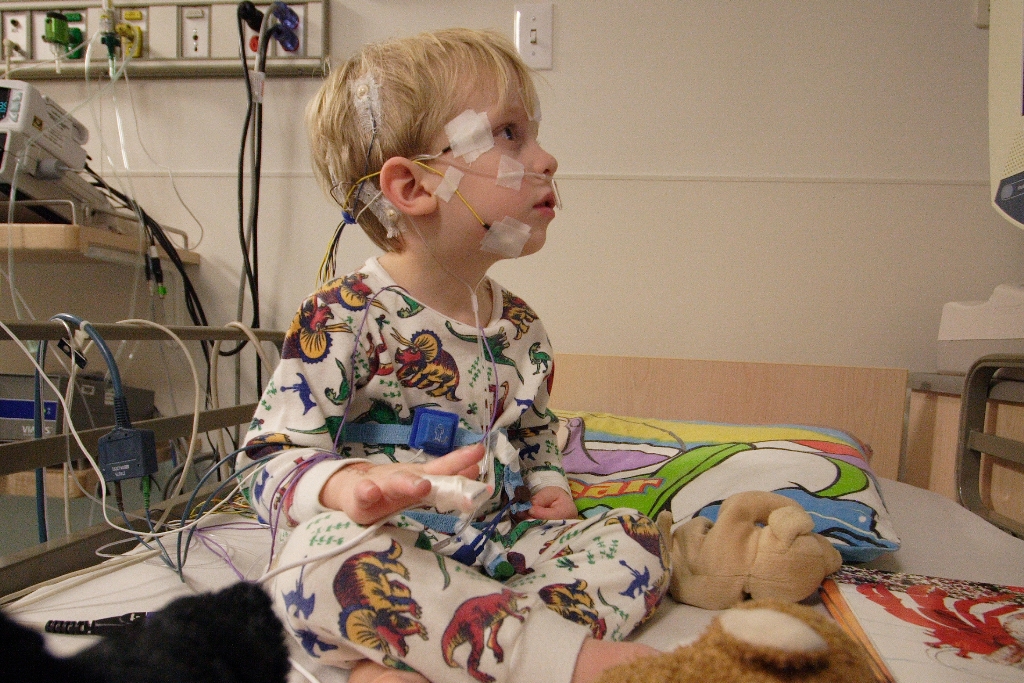 EEG Abnormalities in Children with
Speech and Language Impairment
EEG Abnormalities in Children with
Speech and Language Impairment
Bharati Mehta1 , V. K. Chawla2 , Manish Parakh3 , Poonam Parakh , Bharti Bhandari , Anoop Singh Gurjar
ABSTRACT Introduction: Epilepsy, a chronic condition of recurrent seizures, affects language, but the extent and nature of the language disturbance varies widely according to the type, severity, and cause of the epilepsy. There is paucity of literature on the electroencephalographic abnormalities in children with speech and language impairment. The present study was therefore planned to find the association of epileptiform EEG abnormalities in children with speech and language impairment and if present, their localization and lateralization to the language areas of the brain that are present predominantly in the left hemisphere. Materials and Methods: The study was conducted on Paediatric patients having speech and language impairment (n=94, age-2 to 8 years) selected on the basis of detailed history and neurologic examination. Video Electroencephalography (EEG) was performed as per American Clinical Neurophysiology Society guidelines using 16 channel RMS computerized EEG machine for a minimum of 40 minutes to capture both wakefulness and sleep along with activation procedures like hyperventilation (if feasible) and photic stimulation. EEG was reviewed for any abnormal EEG background, benign variants, interictal epileptiform discharges and ictal discharges. Results: In our cohort, 19.7% boys and 22.2% girls presented with seizures in their infancy and this gender difference was found to be statistically significant (p<0 .05="" 41.3="" 47.9="" 73.6="" 94="" a="" abnormal="" abnormalities.="" abnormalities="" also="" although="" and="" are="" associated="" background="" brain="" children="" complement="" conclusion:="" current="" definite="" difference.="" discharges="" distinct="" each="" eeg="" epileptiform="" exclusively="" findings="" focal="" frequency="" from="" gender="" generalized="" h2="" hemisphere="" higher="" history="" imaging="" impairment.="" in="" included:="" interictal="" is="" isolation="" it="" language="" left="" multifocal="" no="" occurring="" of="" or="" other="" out="" p="" patients="" pattern="" presence="" recommend="" routine="" seen="" seizures="" significant="" solely="" speech="" study="" such="" that="" the="" them="" there="" to="" was="" we="" with="" without="">
Link here
Language regression is observed both in autistic regression and as part of acquired epileptic aphasia (Landau-Kleffner Syndrome). We prospectively identified 177 children with language regression at four major medical centers, and their clinical characteristics were recorded. Their mean age at regression was 22.8 months. The mean time-to-specialist referral was 38 months of age. Most children (88%) met criteria for autism or manifested autistic features. Males (P = 0.02) and children less than 3 years of age who regressed (P = 0.016) had a higher probability of developing autistic behaviors. Seizures were more common in children who regressed after they reached 3 years of age (P < 0.001), and children with seizures were less likely to have associated autistic regression (P < 0.001). Electroencephalogram abnormalities were reported in 37% of patients and were more common in children with seizures (P < 0.001). At last follow-up, language function was impaired in 88% of the children, although some improvement was noted in 57%. We conclude that the loss of previously acquired language at any age, even if that language only includes a few words or communicative gestures, is often associated with a more global regression in cognition and/or behavior and has serious implications for future function. Early identification and referral of these children is necessary to allow for diagnosis and intervention.
No comments:
Post a Comment